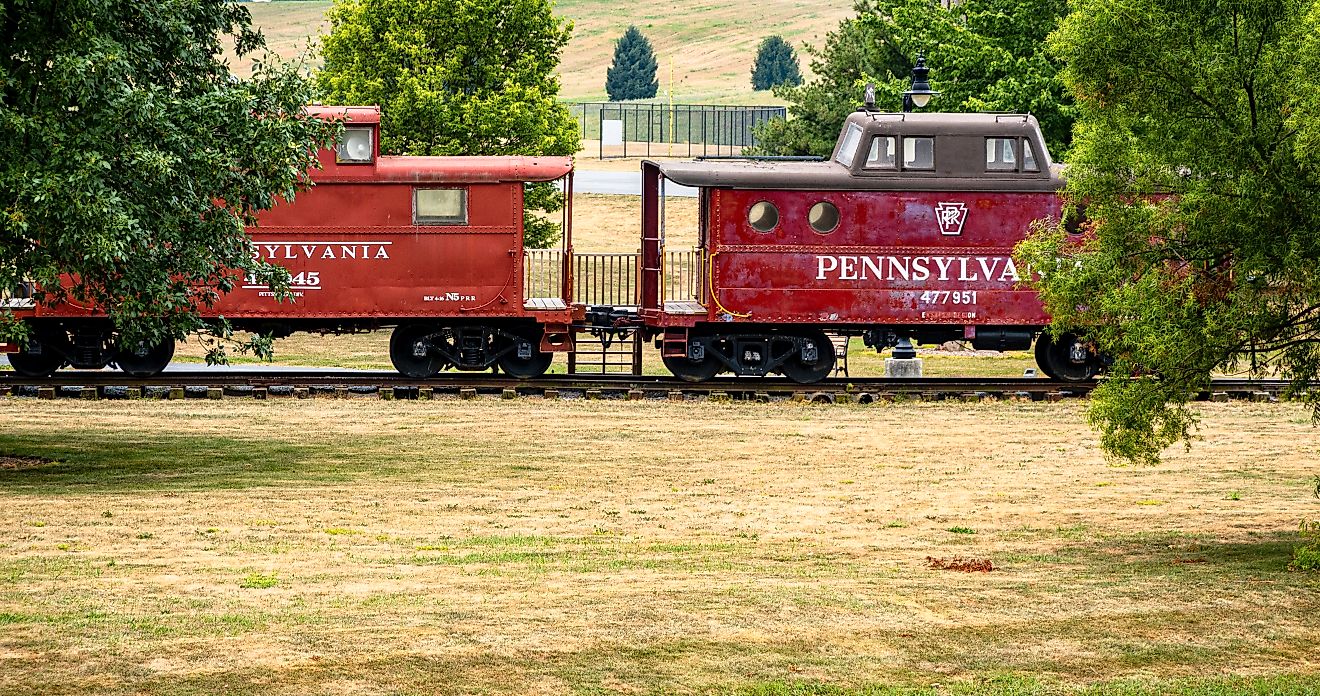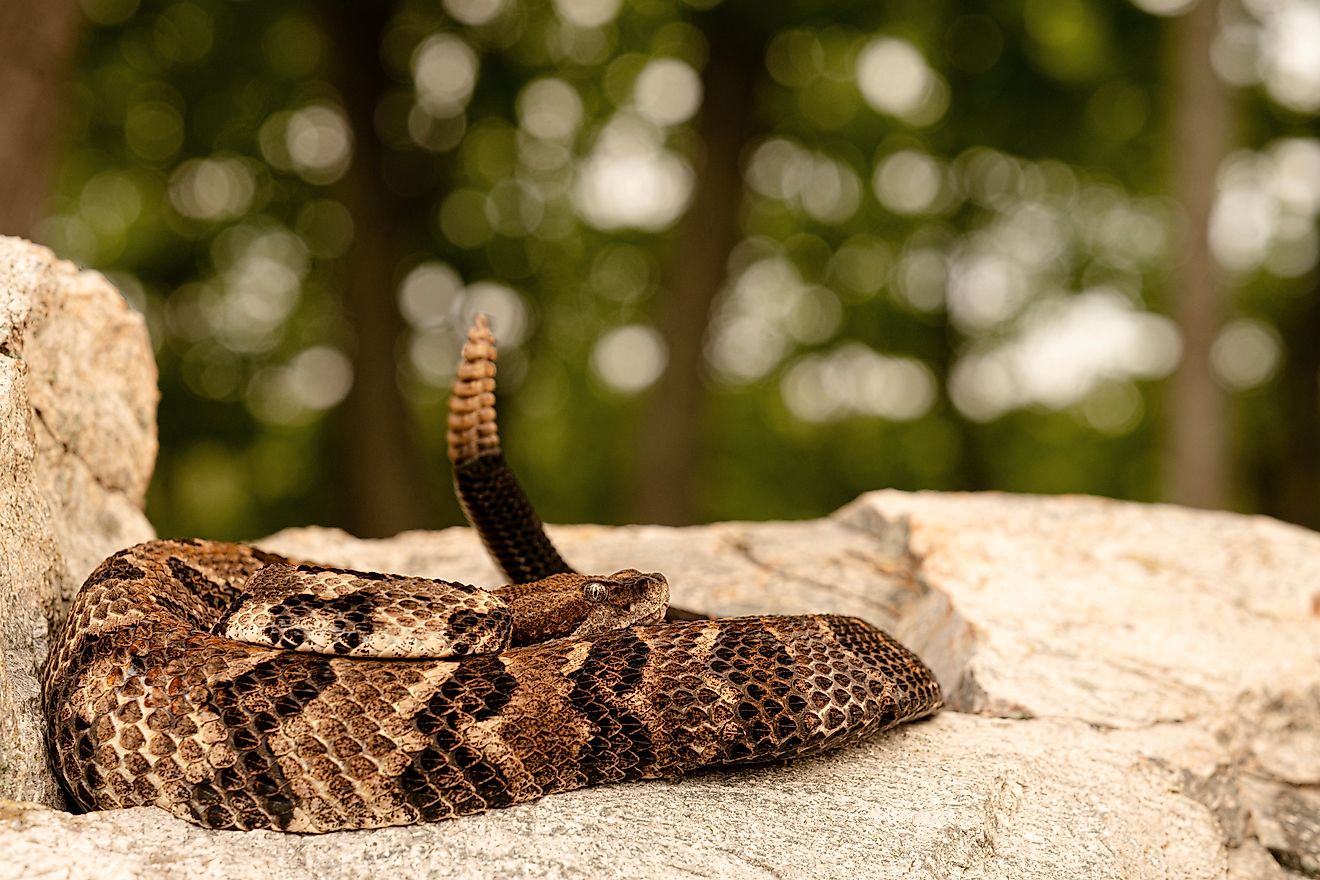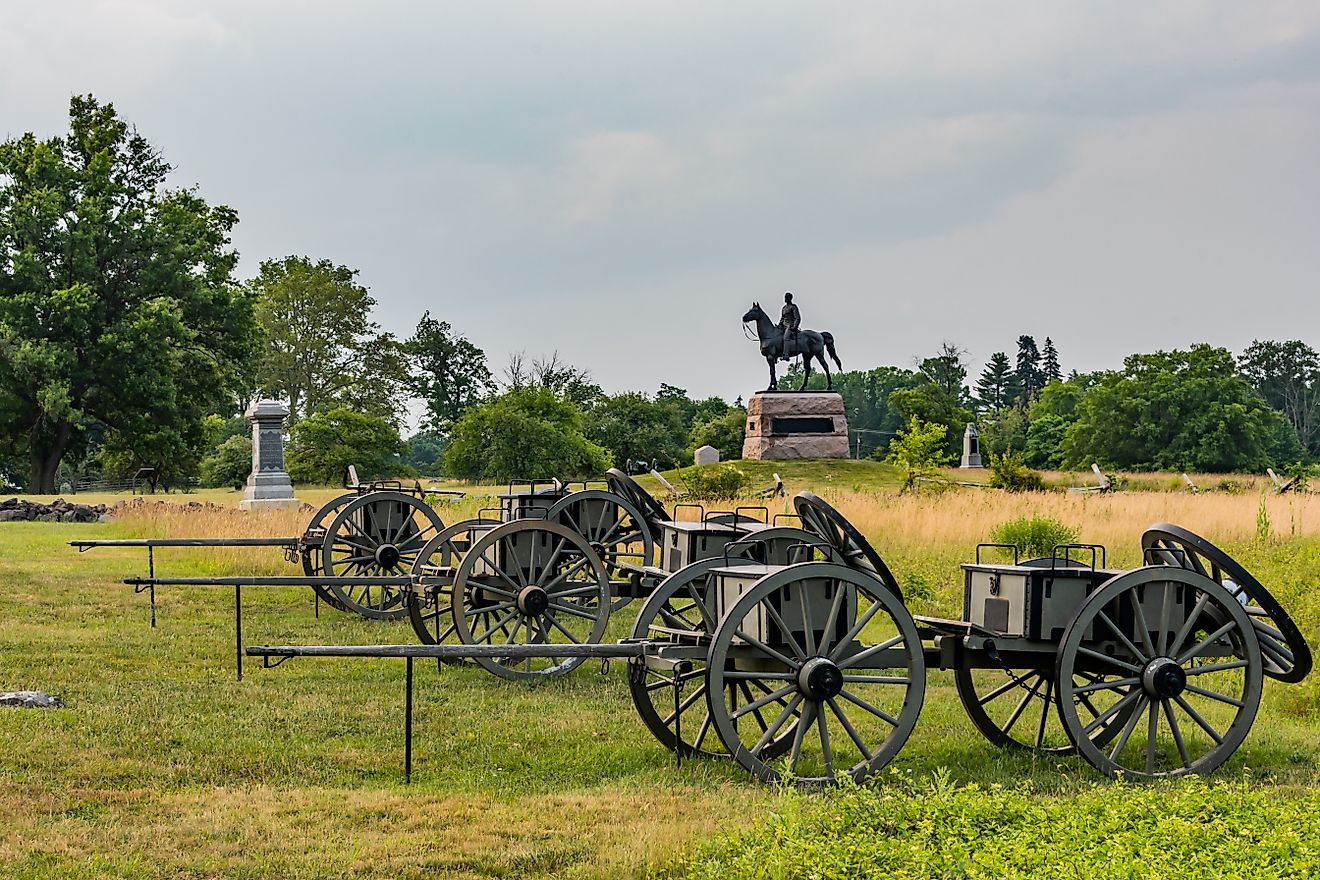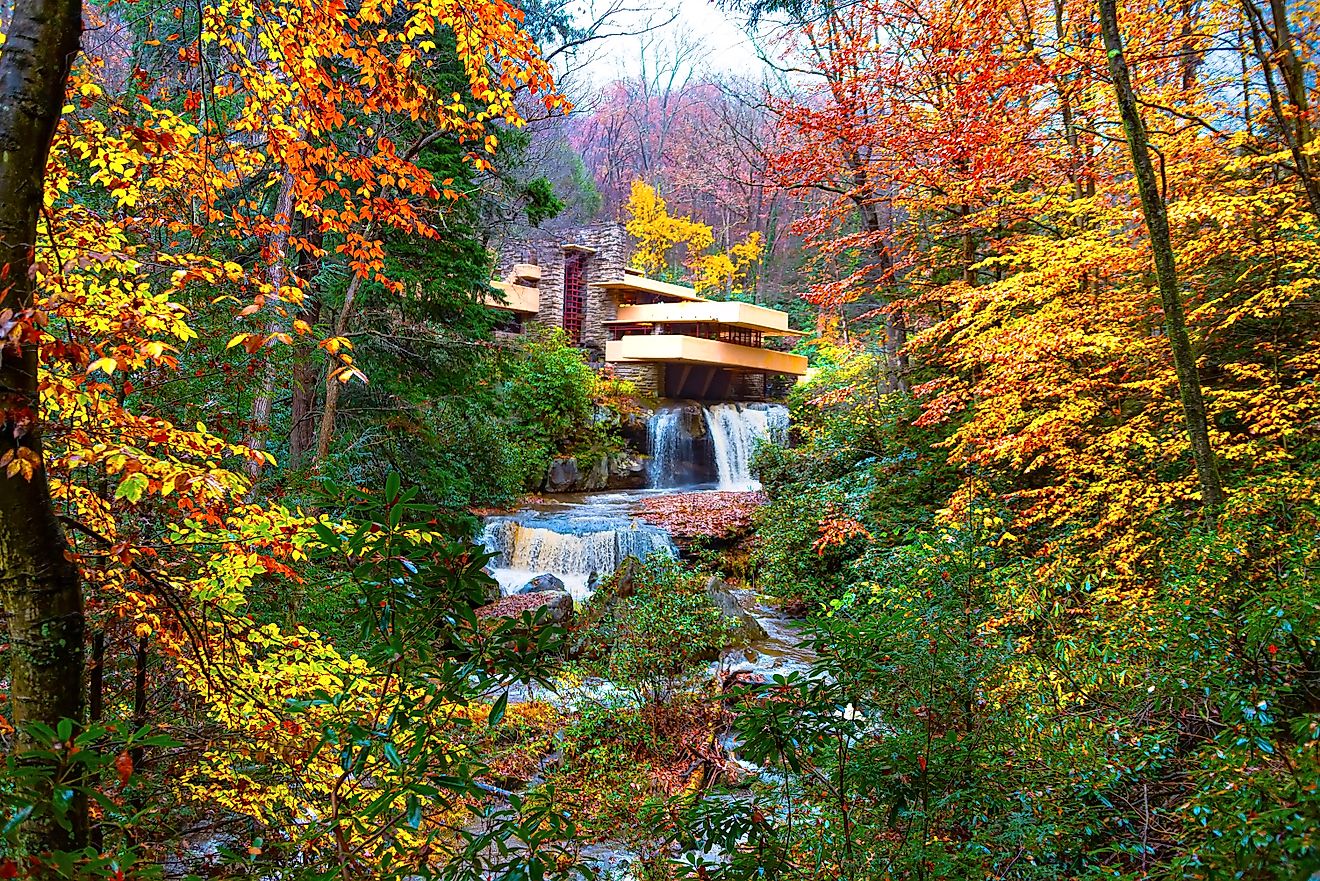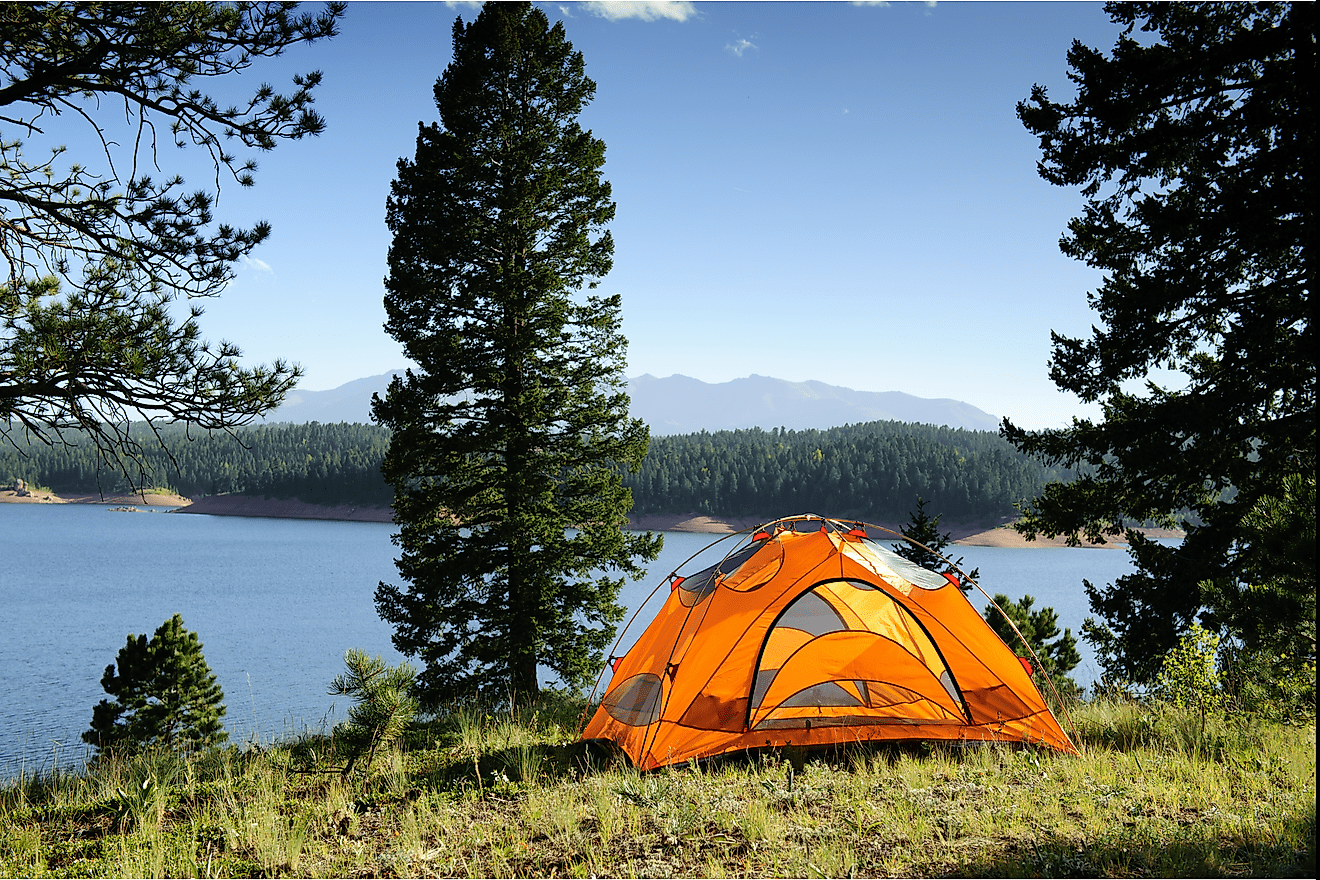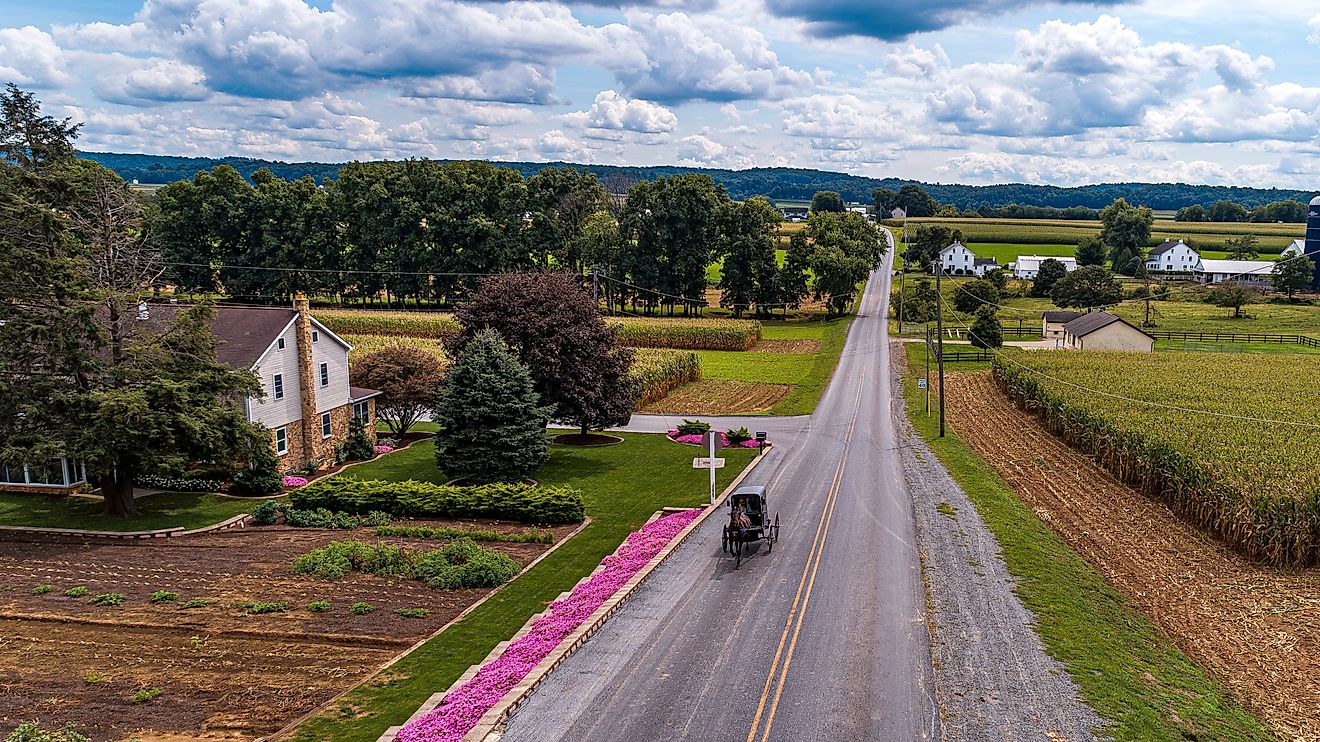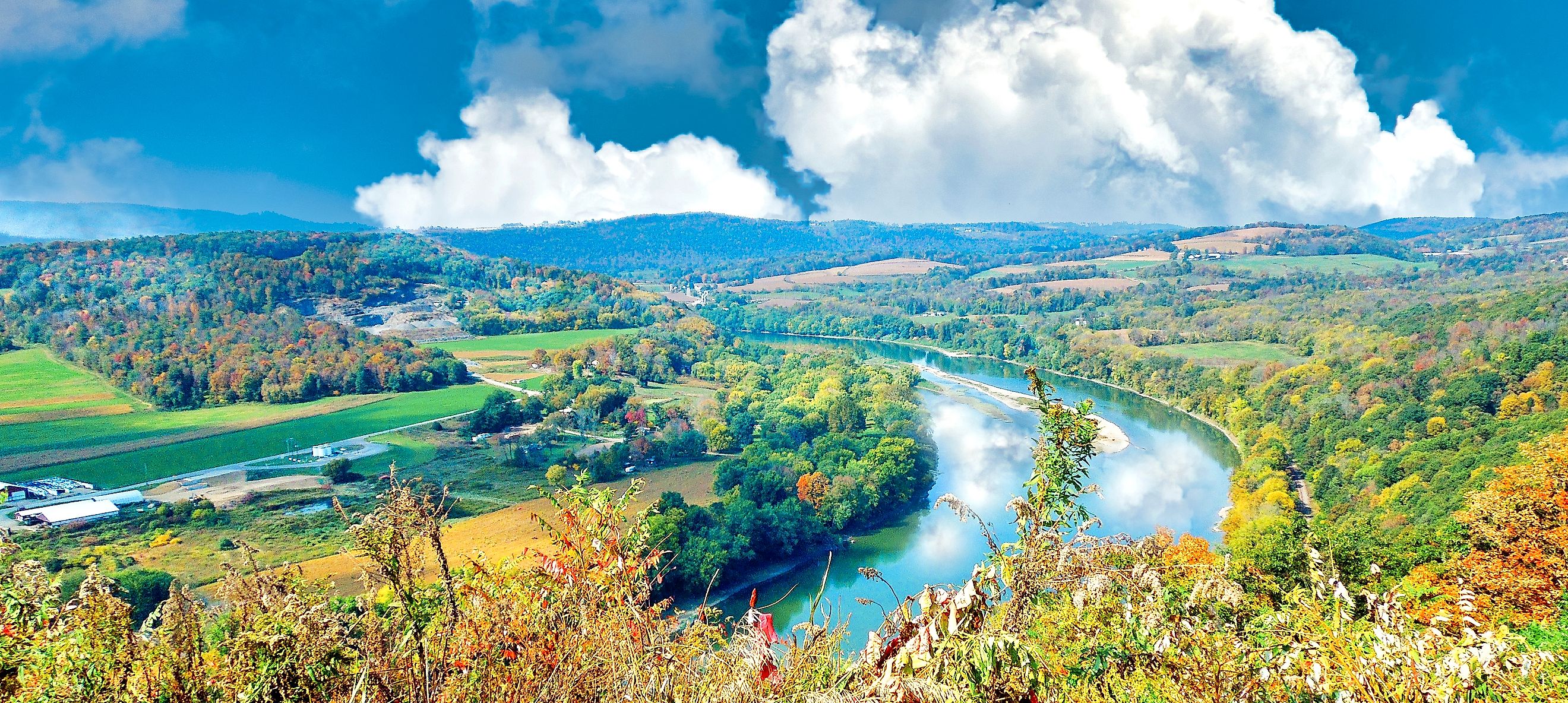
The Longest Rivers in Pennsylvania
Ready to embark on a watery adventure through the heart of Pennsylvania? The state is home to some of the longest and most amazing rivers in the country. From the majestic Susquehanna, winding its way through history and stunning landscapes, to the serene Delaware, a haven for nature lovers and thrill-seekers, these rivers are more than just bodies of water—they're vital ecosystems that have shaped communities and cultures for centuries.
Join us on a thrilling adventure as we explore Pennsylvania's six longest rivers. Discover their captivating histories, fun activities, and the stunning beauty that flows along their banks.
Ohio River
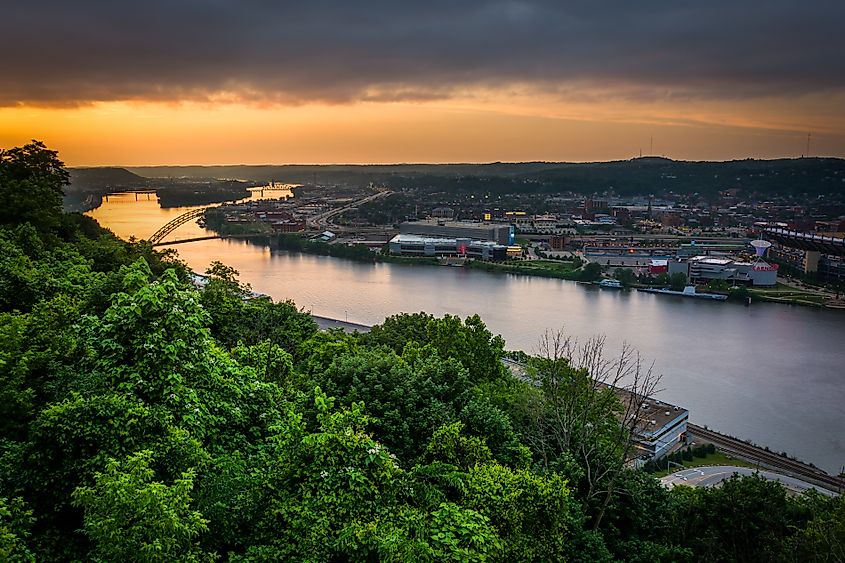
Sunset view over the Ohio River in Pittsburgh, Pennsylvania.
The Ohio River begins at the confluence of the Allegheny and Monongahela Rivers in Pittsburgh. It flows southwest for 981 miles, with 37 miles in Pennsylvania, and joins the Mississippi River at Cairo, Illinois. Historically, the Ohio River served as a transportation route during the westward expansion of the United States in the late 18th and early 19th centuries. Settlers relied on the river to transport goods and people, with towns along its banks, such as Wheeling, West Virginia, and Maysville, Kentucky, developing around this trade. During the Civil War, the Ohio River functioned as a dividing line between Union and Confederate territories.
Today, the Ohio River remains vital for trade and industry. Locks and dams along its course facilitate the navigation of barges, transporting coal, steel, and agricultural products. In Pittsburgh, the riverfront area has transformed into a vibrant space for commerce and recreation, featuring parks and restaurants. Recreational opportunities abound, with the Three Rivers Heritage Trail providing a scenic route for cyclists and pedestrians. Fishing attracts anglers looking for catfish, bass, and perch. Events like the Pittsburgh Three Rivers Regatta celebrate the river's significance with boat races and festivals.
Susquehanna River
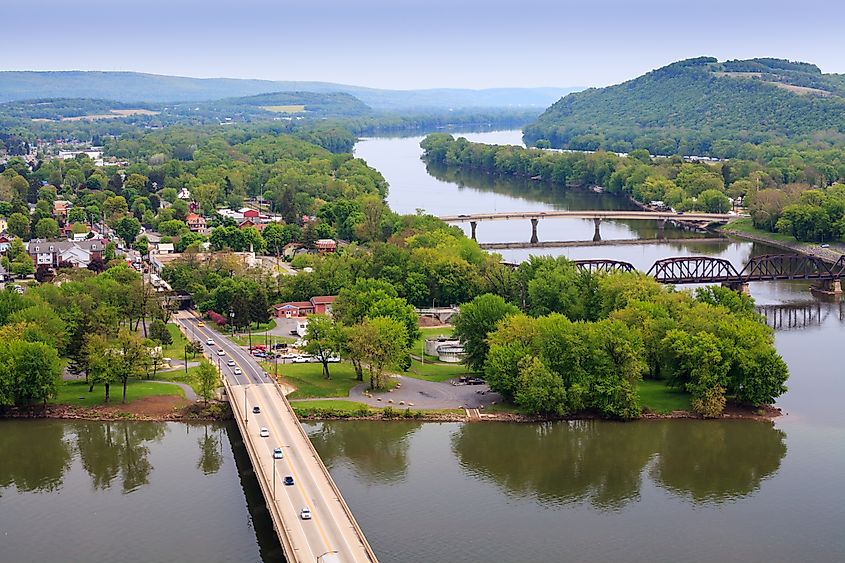
View of Northumberland on the Susquehanna River in Pennsylvania from Shikellamy Park Overlook.
The Susquehanna River flows from the North Branch in New York, through Pennsylvania, and into the Chesapeake Bay. At 464 miles long, it is the longest river on the east coast. The Susquehanna has historical roots, having been used by Native American tribes, such as the Susquehannock, long before European settlers arrived. The river served as a supply line during the French and Indian War and the Revolutionary War.
Ecologically, the Susquehanna supports diverse wildlife, including bald eagles and river otters, and various fish species, such as American shad. Conservation efforts led by the Susquehanna River Basin Commission aim to protect water quality and habitats along the river. Today, the river offers recreational activities like kayaking, fishing, and hiking. Harrisburg features a beautiful riverfront park with walking trails and picnic areas, while events like the Susquehanna River Arts Festival showcase local artists and culture.
Allegheny River

Allegheny River Pennsylvania.
The Allegheny River flows for 325 miles, with 150 of those winding through Pennsylvania. Known for its stunning natural beauty, it winds its way through lush forests and bustling urban areas. Back in the 19th century, the river was a crucial transportation route for coal and goods, benefiting towns like Kittanning and Oil City.
Today, the Allegheny is home to a variety of wildlife, including trout and walleye, and is part of the larger Allegheny National Forest ecosystem, which offers diverse habitats. It’s a playground for outdoor lovers, with plenty of opportunities for canoeing, kayaking, and fishing. The annual Allegheny River Canoe and Kayak Race draws participants from across the region, and the Allegheny River Trail connects several towns, providing scenic views for hikers and cyclists.
In Pittsburgh, where the Allegheny meets the Monongahela and Ohio Rivers, you'll find a vibrant riverfront packed with parks and cultural attractions. Events like the Pittsburgh Arts Festival showcase local talent and celebrate the river's importance to the community.
Delaware River

Mount Minsi and the Delaware River seen from from a pedestrian bridge in Portland, Pennsylvania.
The Delaware River serves as a natural border between Pennsylvania and New Jersey, winding through breathtaking landscapes. It runs 330 miles, with 42 miles in Pennsylvania, and has played a significant role since colonial times. The river served as a transportation route for goods and people, connecting Philadelphia to the interior of the country. During the Revolutionary War, it was a strategic asset, with battles fought along its banks.
The Delaware River supports diverse ecosystems, with habitats for fish species like American shad and striped bass. The Delaware River Basin is recognized for its biodiversity, providing critical habitats for migratory birds and other wildlife. It is also a popular spot for tubing, rafting, and fishing. The Delaware Water Gap offers scenic trails for hiking and camping. Towns like New Hope and Lambertville are known for their artsy vibes, with events like the Lambertville-New Hope Winter Festival celebrate the region's community spirit.
Genesee River
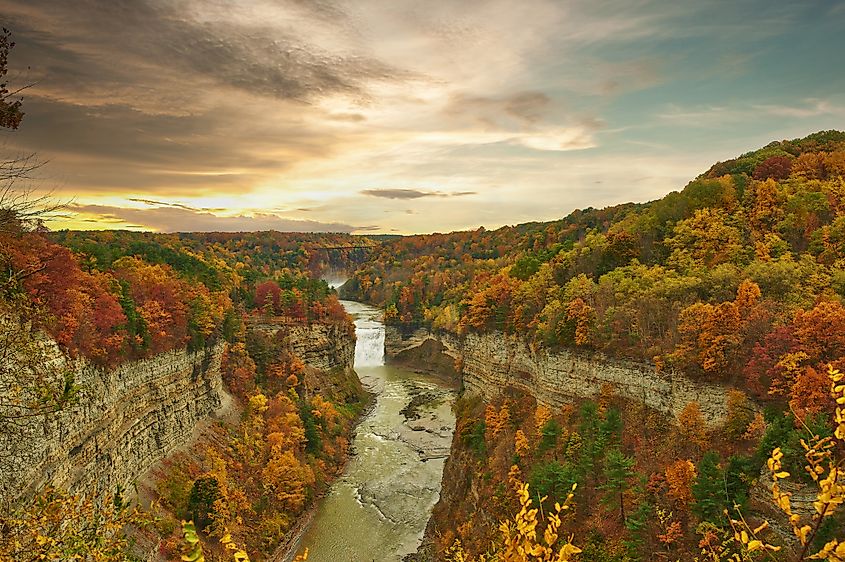
Autumn scene landscape of waterfalls and gorge at Letchworth State Park.
The Genesee River measures 157 miles, with about 50 miles in Pennsylvania. While not as widely known as other rivers, it offers unique experiences. The Genesee features stunning waterfalls, particularly in Letchworth State Park, known as the “Grand Canyon of the East.” This park attracts outdoor enthusiasts for hiking, picnicking, and photography.
The Genesee River was vital for transportation during the Industrial Revolution, helping develop surrounding communities. Recreationally, it is popular for canoeing, fishing, and hiking. The area’s parks provide opportunities to explore its natural beauty. Events like the three-day ROC The Riverway Weekend celebrate the river.
Schuylkill River
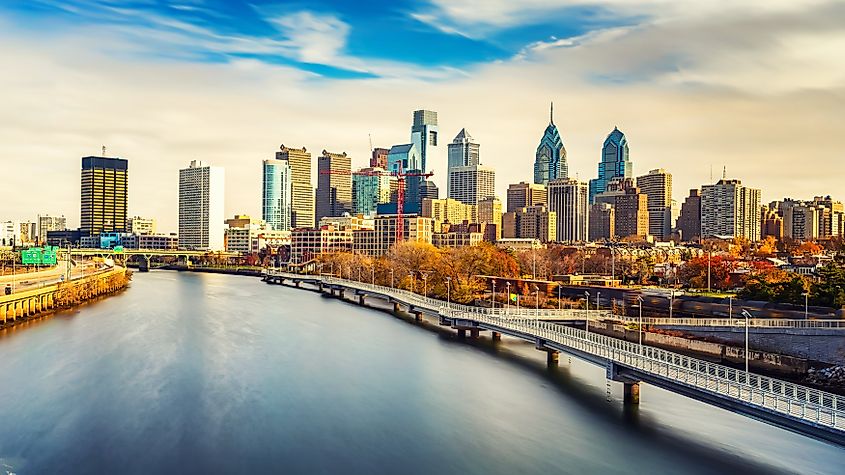
Panoramic picture of Philadelphia skyline and Schuylkill river, PA.
The Schuylkill River stretches 135 miles, with 90 of those flowing through Pennsylvania. This river is a key part of Philadelphia's landscape and played a crucial role in the city's industrial history, serving as a transportation route for coal and goods. In the past, factories and mills lined its banks, fueling the city’s economic growth.
Today, the Schuylkill is home to diverse wildlife, with its wetlands providing habitats for various bird species and other animals. The river has seen significant improvements over the years, including the Schuylkill River Trail, which offers fantastic opportunities for biking, walking, and running. Philadelphia's riverfront now features parks, restaurants, and recreational facilities, making it a vibrant destination. Events like the annual Dad Vail Regatta—the largest collegiate rowing event in the US—highlight the river's importance to the community and celebrate its rich heritage.
Exploring PA's Waterways
Pennsylvania's rivers are vital components of our communities, rich in history and life. Each river offers unique stories and experiences. Whether you are an outdoor enthusiast, a history buff, or looking for a scenic spot to relax, these rivers have something to offer. As you explore Pennsylvania, take a moment to appreciate these waterways that have shaped our land and lives. Whether fishing, kayaking, or simply enjoying the view, you participate in a story woven into the very fabric of Pennsylvania.
